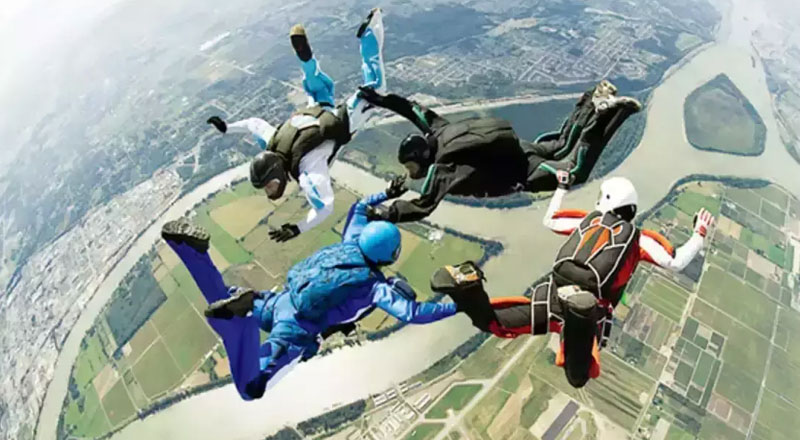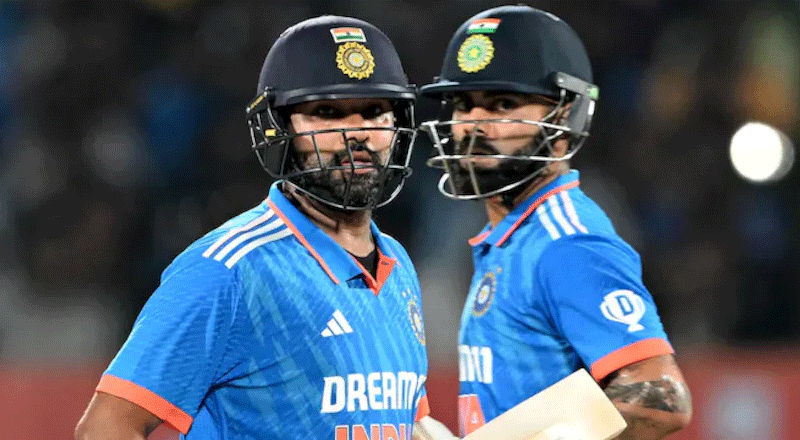Ministry of Civil Aviation has released draft National Air Sports Policy (NASP) for public feedback. The draft policy is available on the website of the Ministry and can also be accessed through the
The suggestions can be sent by 1700 hrs on 31st January, 2022.
India has the potential to be among the leading nations in the world of air sports. It has a large geographical expanse, diverse topography and fair weather conditions. It has a large population, especially the youth. It has a growing culture for adventure sports and aviation. Other than the direct revenue from air sports activities, the multiplier benefits in terms of growth of travel, tourism, infrastructure and local employment, especially in hilly areas of the country, are several times greater. Creation of air sports hubs across the country will also bring in air sports professionals and tourists from across the world.
The Government of India therefore plans to promote the country’s air sports sector, by way of making it safe, affordable, accessible, enjoyable and sustainable. Systems and processes need to be simplified and made more transparent; focus on quality, safety and security needs to be enhanced; and investments in infrastructure, technology, training and awareness building need to be facilitated.
The draft National Air Sports Policy (NASP 2022) is a step in this direction. It has been drafted on the basis of the inputs received from policy makers, air sports practitioners and public at large. It is an evolving document and will be modified from time to time.
The key features of the Draft National Air Sports Policy are:
- NASP 2022 covers sports like aerobatics, aeromodelling, amateur-built and experimental aircraft, ballooning, drones, gliding, hang gliding and paragliding; microlighting and paramotoring; skydiving and vintage aircraft.
- The vision is to make India one of the top air sports nations by 2030. The mission is to provide a safe, affordable, accessible, enjoyable and sustainable air sports ecosystem in India.
- NASP 2022 seeks to leverage India’s huge potential for air sports given its large geographical expanse, diverse topography and fair weather conditions.
- An Air Sports Federation of India (ASFI) will be established as the apex governing body. Associations for each air sport will handle day to day activities e.g. Paragliding Association of India or Skydiving Association of India etc.
- The air sports associations shall be accountable to ASFI with respect to the regulatory oversight and for providing safe, affordable, accessible, enjoyable and sustainable conduct of their respective air sport.
- ASFI shall represent India at FAI and other global platforms related to air sports. Greater participation and success of Indian sportspersons in global air sports events will be facilitated.
- Domestic design, development and manufacturing of air sports equipment will be promoted in line with the Atmanirbhar Bharat Abhiyan.
- The Fédération Aéronautique Internationale (FAI), headquartered in Lausanne, Switzerland is the world governing body for air sports. All competitions in India will be conducted as per the guidelines laid down by FAI.
- Air sports by their very nature involve a higher level of risk than flying a regular aircraft. NASP 2022 places strong focus on ensuring international best practices in safety.
- Inability to enforce safety standards by an air sports association may lead to penal action by the ASFI against such association including financial penalties, suspension or dismissal.
- All persons and entities providing air sports services shall be required to register as members of the respective air sports associations. Key equipment used for air sports shall be registered with the respective air sports association, till such equipment is decommissioned, damaged beyond repair or lost.
- An airspace map of India has been published on DGCA’s DigitalSky Platform (https://digitalsky.dgca.gov.in). The map segregates the entire airspace of India into red zone, yellow zone and green zone. Air sports practitioners may rely on this easily accessible map for guidance. Operation in red and yellow zones requires permission from Central Government and the concerned Air Traffic Control authority respectively. Operation in green zones for aircraft with all-up weight up to 500 kg does not require any permission.
- For air sports centred around a fixed location – for instance, Bir-Billing in Himachal Pradesh, Gangtok in Sikkim, Hadapsar in Maharashtra or Vagamon in Kerala – the said location can be declared as a ‘Control zone’ for air sports with necessary permissions from the Ministry of Home Affairs (MHA), Ministry of Defence (MoD), State Government and the local Air Traffic Control authority. This will enable hassle-free flying by air sports enthusiasts in such control zones without creating any risk to national security or safety of other manned aircraft.
- During peak winters, the level of air sports reduces in Europe and North America and the air sports aficionados migrate to milder climates. ASFI and the air sports associations will work towards developing a hassle-free process to enable their movement to India. This will enable Indian air sports enthusiasts to learn from the experience of the visiting professionals, get exposed to global best practices and create opportunities to host global competitions in India.
- The Government will consider allowing import of air sports equipment without any import duty for a particular number of years. Import of previously used air sports equipment may also be allowed free import, subject to laid down norms of airworthiness.
- Schools, colleges and universities will be encouraged to have air sports included in their curriculum.
- Long term funding for development of air sports in India shall come from corporate investors, sponsors, membership fees, events and media rights. ASFI may seek financial support from Government of India for promotion of air sports, especially in the initial years.
- To make air sports affordable to the common public, the Government will request the GST Council to consider rationalising the GST rate on air sports equipment to 5% or less.





